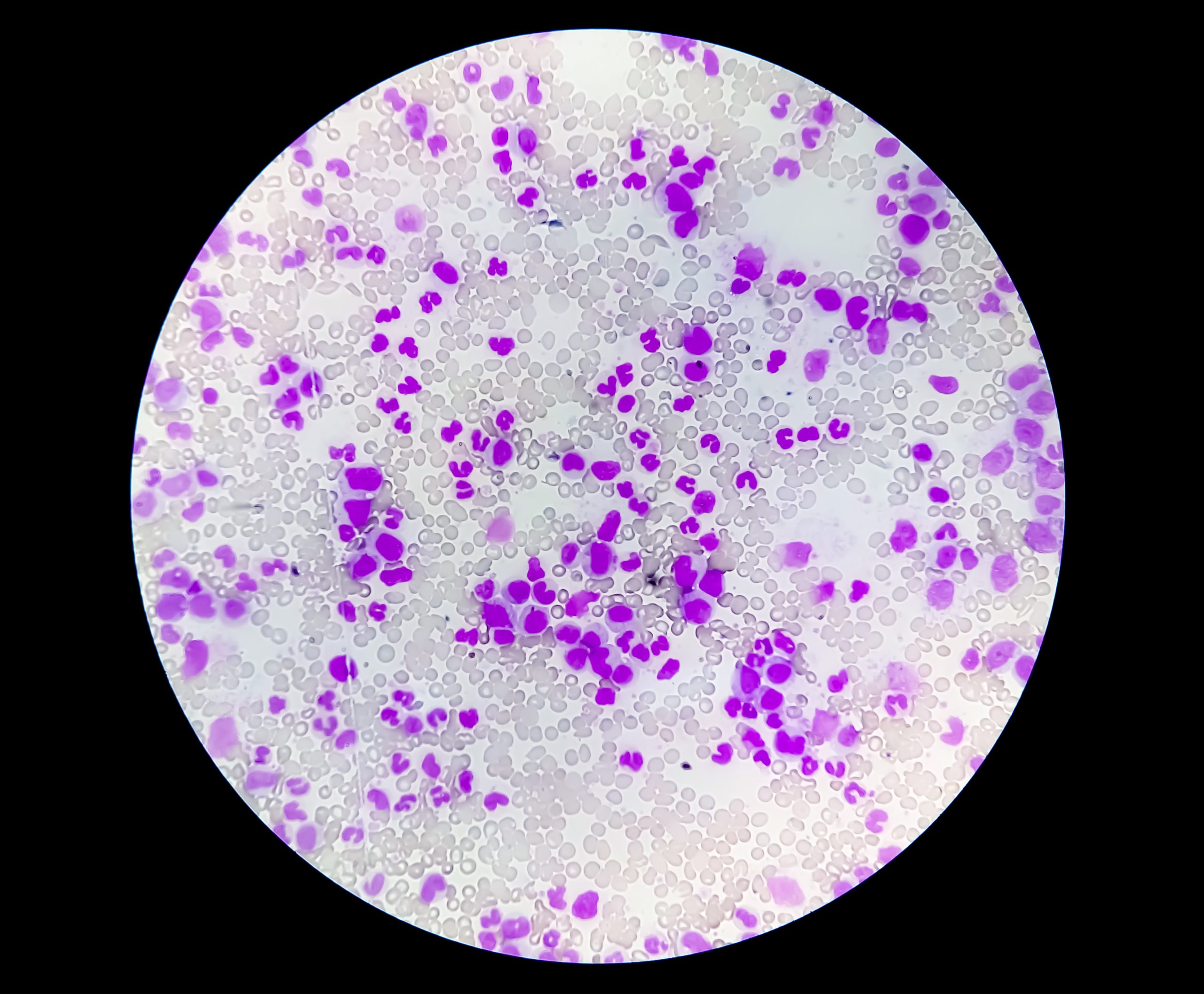
Noting the relevance of autoimmune disorders in the pathogenesis of immune thrombocytopenia (ITP), researchers evaluated the value of CD4+ T-cell immune statuses for predicting response to first-line therapy with combined high-dose dexamethasone and immunoglobulin (IVIg). Their study, published in Thrombosis Research, found that T-helper (Th)1, Th17, and regulatory T (Tregs) cells—as well as interleukin (IL)-2 and IL-23—were contributors to the onset of ITP.
This study enrolled 42 prospective patients with newly diagnosed ITP and 30 controls. Participants were evaluated for major CD4+ T cells, including Th1, Th2, Th17, and Tregs and related IL-2, IL-17, and IL-23 levels. Platelet counts also were recorded on days 0, 14, and 30. Reportedly, the ITP group had higher concentrations of Th1 and Th17 cells and lower relative numbers of Tregs compared with the control group.
On day 14, patients with no response to the combination therapy had significantly greater profiles of Th2 and IL-2, while patients with complete response had increased expression of IL-17. On day 30, the authors noted that increased Th2 cell levels were found in patients who needed 2 pulses of high-dose dexamethasone compared with those who only needed 1 pulse of high-dose dexamethasone and IVIg.
The authors’ receiver operating characteristic curve analyses revealed that lower Treg cell levels may predict favorable response, while higher IL-23 levels may predict a poor short-term response.
The authors summarized that Th1, Th17, and Tregs and IL-2 and IL-23 contributed to the development of ITP. Additionally, elevated Th2, IL-2, and IL-23 could predict poor response to high-dose dexamethasone and IVIg treatment, while high IL-17 plus low Tregs could predict sensitivity to the combination therapy.
Related: Reevaluating Absolute Lymphocyte Count in Pediatric Immune Thrombocytopenia

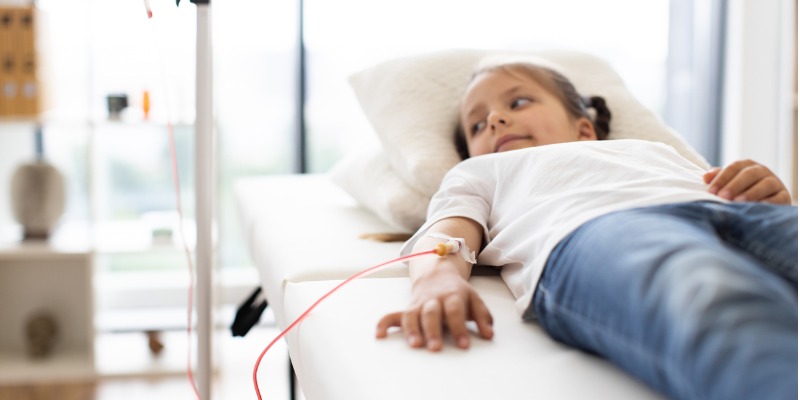
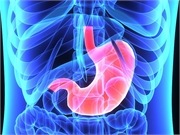

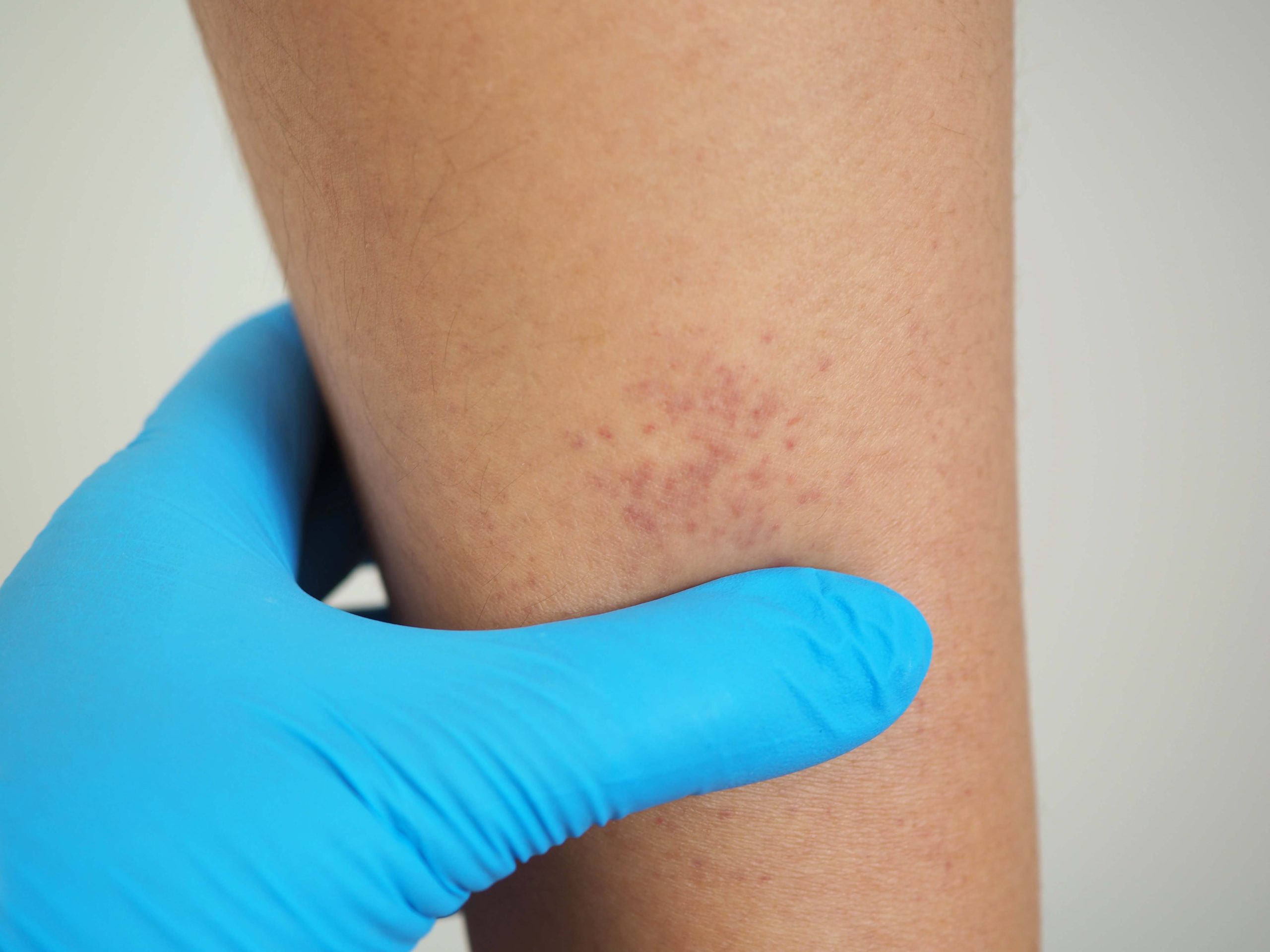
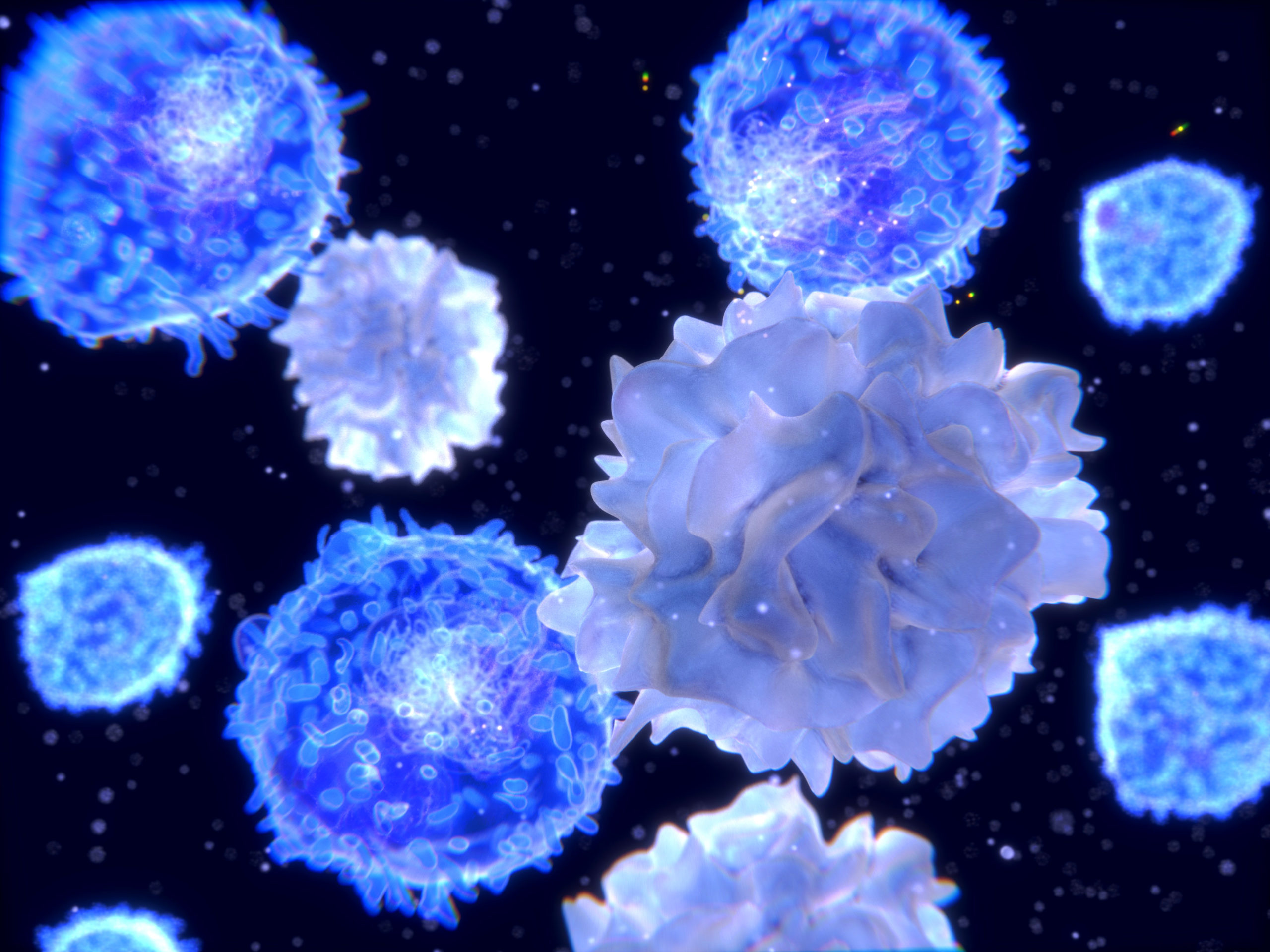

 © 2025 Mashup Media, LLC, a Formedics Property. All Rights Reserved.
© 2025 Mashup Media, LLC, a Formedics Property. All Rights Reserved.